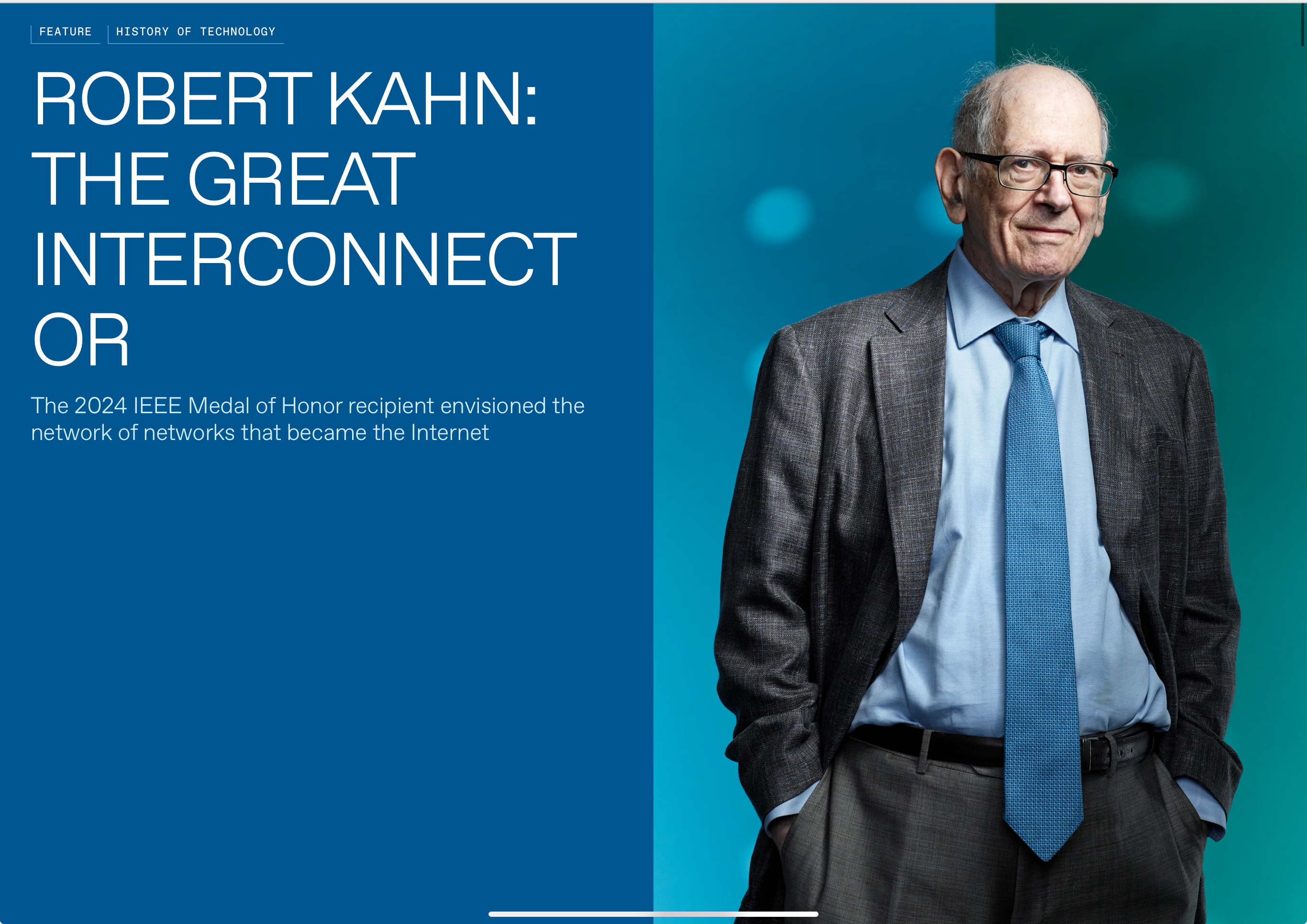TCP/IP's turns 50, TLS clients, problems with the root DNS, email and DNS, Internet archives
Cerf and Kahn’s paper on A Protocol for Packet Network Intercommunication which presented the basic ideas of TCP/IP was published fifty years ago. The IEEE organized a live-stream event to celebrate the publication of this paper. The recordings of this event are available on IEEE.tv.
IEEE Spectrum published a nice interview of Bob Kahn, the co-author of the original TCP/IP paper who got less exposure than Vint Cerf although he played an important role in the evolution of the Internet through his efforts at DARPA and then the CNRI.

The Transport Layer Security is one of the key security protocols in the public Internet. Many implementations exist in a wide range of programming languages. The most frequently used TLS implementation is probably Openssl, written in C with some assembly, but there are other popular implementations like boringssl, wolfSSL or GNUTLS. These implementations were written with performance and functionality in mind. However, there are other implementations in a wide range of languages which can be interesting for students. ToyTLS is a TLS 1.2 client implementation entirely in python. Those who prefer bash may analyze bash_tls which is a minimal implementation of the client side of TLS 1.2. For those willing to explore TLS 1.3, picotls could be good starting point.
The root DNS servers are managed by 12 independent server operators. Last week, a subset of these servers, root-c, managed by Cogent, started to lag behind the other root servers. The problem was resolved within a few days, but its root cause remains unclear as explained in an article published by arstechnica.
The DNS carries different types of records. The classical ones are A, AAAA, NS, MX, … Over the years, additional records have been defined to support specific applications. Some of these are directly related to the support of email. The Email DNS Records Cheat sheet provides a good survey of these records with nice examples and their utilization.
In public libraries, we can find books and newspapers published several centuries ago and which remain accessible for historians. On the Internet, websites such as archive.org try to preserve older web pages that have been removed or disappeared for any reason. A recent study by Pew Research Center reveals that 38% of the web pages published after 2013 are no longer accessible. In a few decades, what is the amount of information that historians will never be able to recover ?
This blog aims at encouraging students who read the open Computer Networking: Principles, Protocols and Practice ebook to explore new networking topics. You can follow this blog by subscribing to its RSS feed or by following @cnp3_ebook on mastodon. Feel free to share the posts that you find interesting on your preferred social network.
